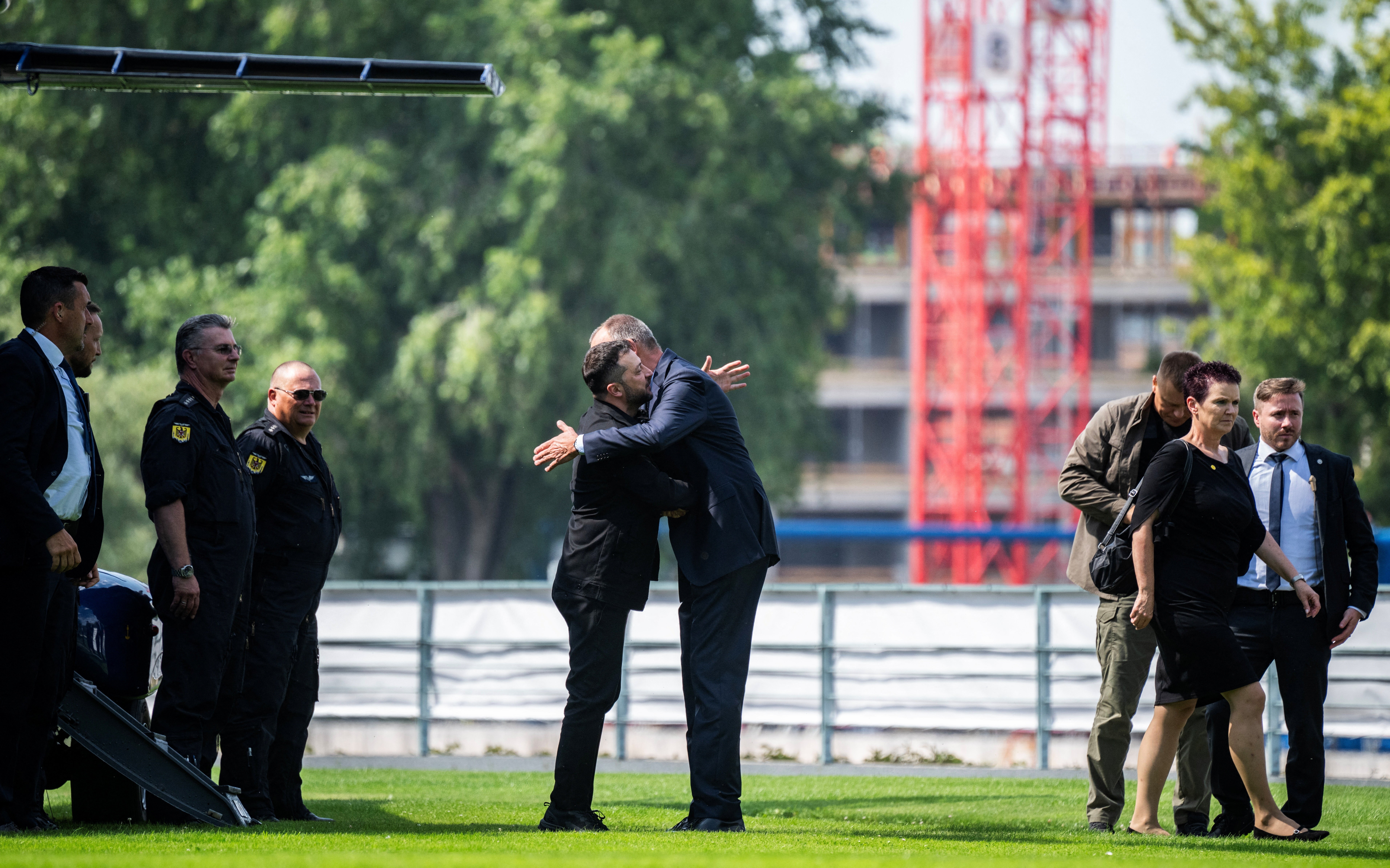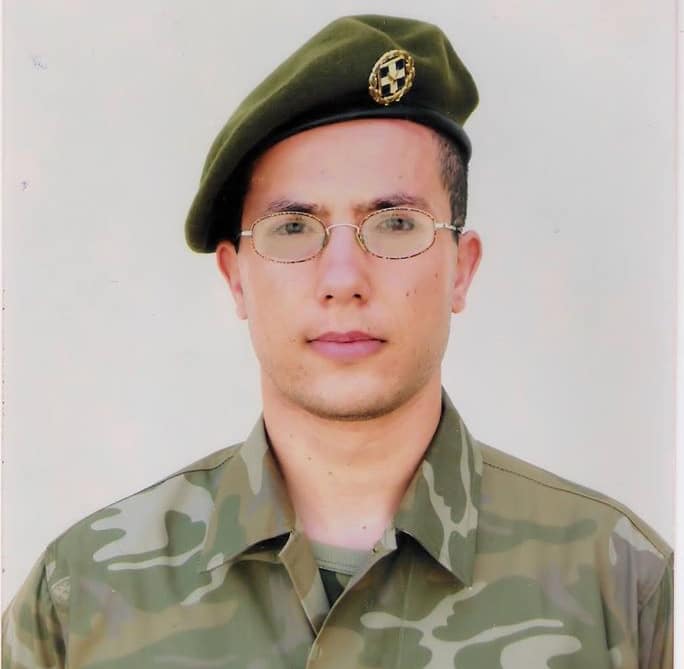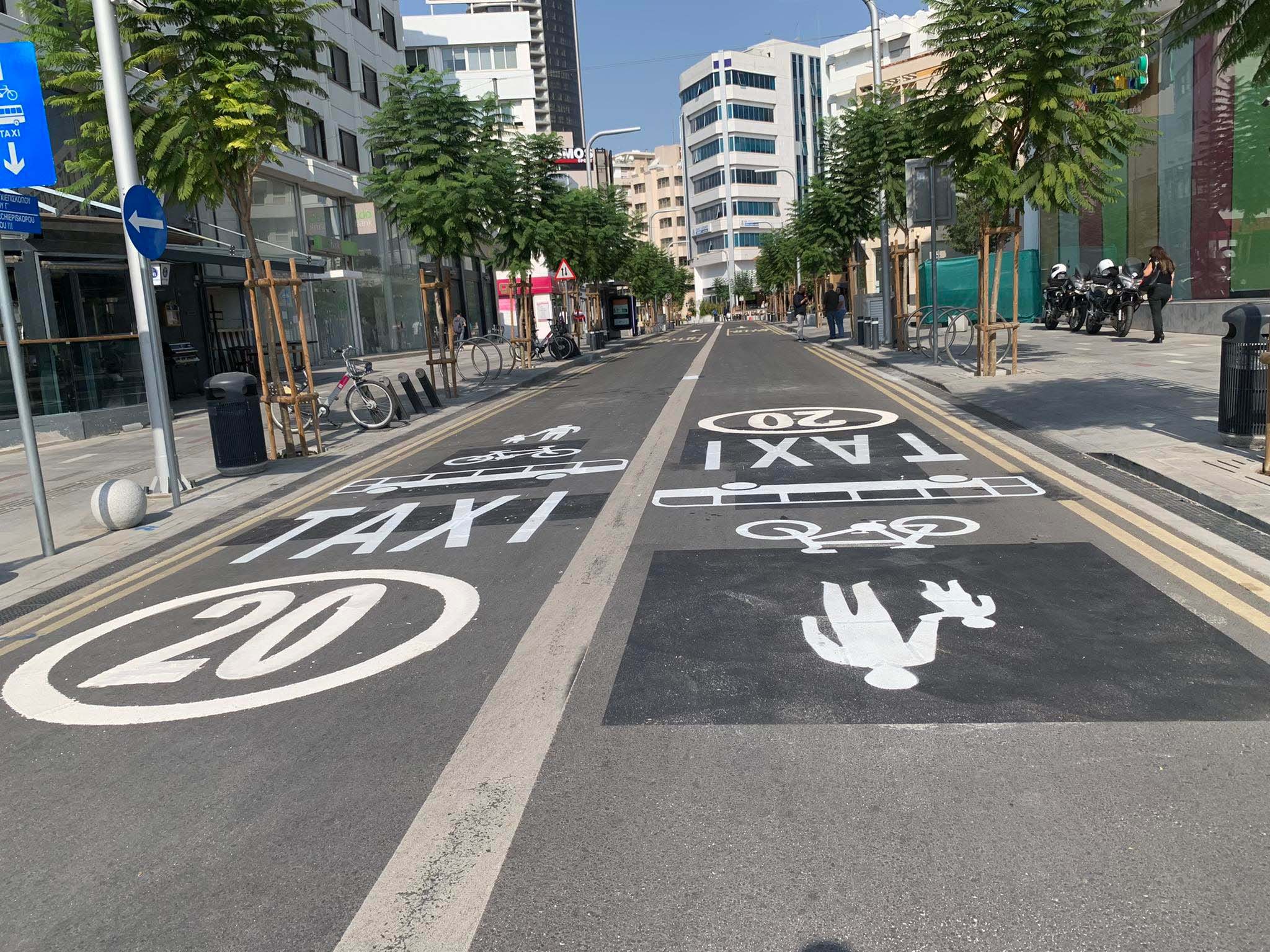US President Donald Trump does not do conventional diplomacy, either because he does not have the patience for it or because he believes there is another way for resolving international disputes. This other way will be on show on Friday in Alaska, when he will meet his Russian counterpart, Vladimir Putin to discuss the future of Ukraine. There will be no representative of Ukraine present in Anchorage, even though it is the country’s future that will be discussed in this exhibition of big power arrogance.
The White House had not ruled out the possibility of inviting Ukraine’s president Volodymyr Zelenskiy but the idea was vetoed by Putin. There will be a one-to-one meeting on Friday, without advisors in the room, as was the case last time the two leaders met, seven years ago in Helsinki. In 2018, Trump left the meeting with Putin advocating the Kremlin’s positions, and there are fears among European leaders that he could do the same thing on Friday.
This was why EU leaders on Tuesday signed a joint statement calling for Zelenskiy to attend the Alaska summit and defended Ukraine’s freedom to decide its future. “Meaningful negotiations can only take place in the context of a ceasefire or reduction of hostilities,” said the EU statement which only Hungary refused to sign.
On Wednesday, after they were briefed by Trump about the meeting, EU leaders had changed their tune. President Emmanuel Macron said that Trump wanted “to obtain a ceasefire in Ukraine during the meeting with Putin.” German Chancellor Friedrich Merz, who was meeting Zelenskiy, said European leaders were determined to help the Alaska summit be a success, while European Commission president Ursula von der Leyen said, “the EU, the US and Nato have strengthened the common ground for Ukraine.” Nato general secretary, Mark Rutte posted on social media that he “appreciates” Trump “leadership and close coordination with allies.”
EU leaders may have been reassured by Trump, but there can be no insurance against the unpredictability of the US president. He had originally said there could be “some swapping of territory, to the betterment of both,” as if he was entitled to decide the surrender of Ukrainian territory to Putin, without as much as consulting Ukraine. On Tuesday the White House press secretary lowered expectations for any agreement, saying the meeting would be a “listening exercise.” This would suggest that preparatory consultations between Moscow and Washington have not got anywhere.
There has been no indication that Putin is remotely interested in a ceasefire. Russian attacks on civilian targets in Ukraine have been unrelenting and his maximalist demands for peace are unchanged. Yet the summit, according to Zelenskiy, is a “personal victory” for Putin, who “will meet on US territory.” Zelenskiy also said Putin “is coming out of isolation because he is meeting on US territory” but most vitally, “with this meeting he has somehow postponed sanctions.” The sanctions that would have been imposed because of Moscow’s refusal to agree to a ceasfire were abandoned by Trump as soon as Putin agreed to meet.
Everyone hopes there could be an agreement on a ceasefire on Friday that Ukraine could accept, but not even Trump’s unconventional diplomatic methods are likely to persuade Putin to compromise.







Click here to change your cookie preferences